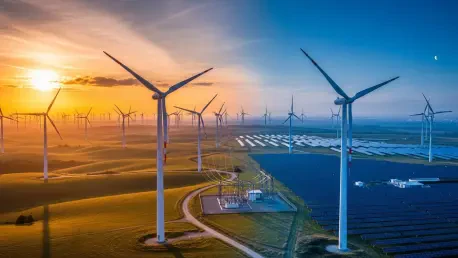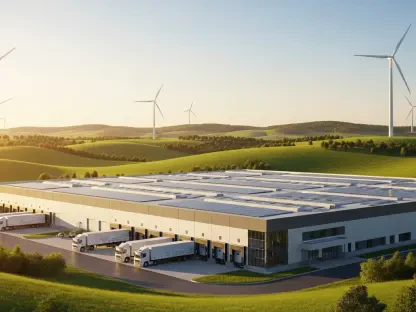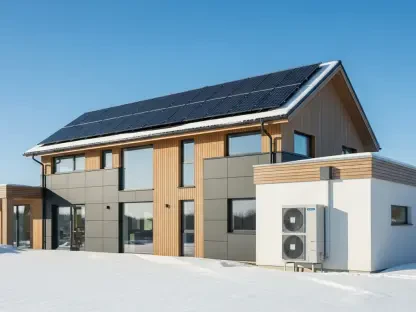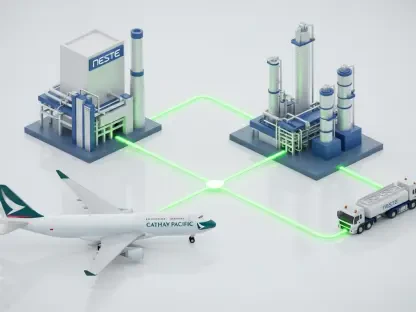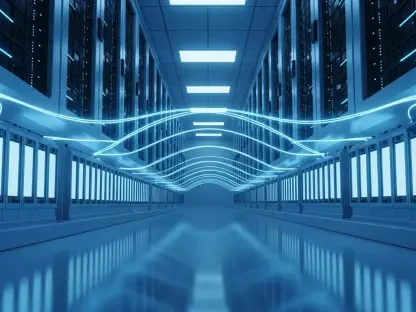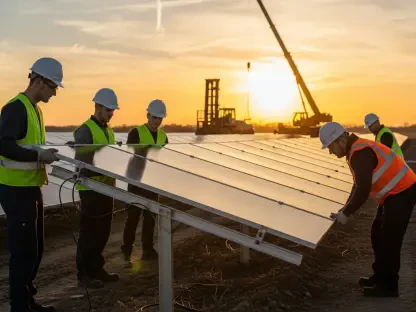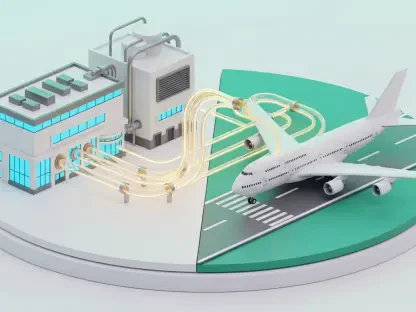I’m thrilled to sit down with Christopher Hailstone, a seasoned expert in energy management, renewable energy, and electricity delivery. With his deep knowledge of grid reliability and security, Christopher offers unique insights into how energy policies intersect with community needs, particularly in Indigenous contexts. Today, we’re diving into the recent announcement of a significant funding boost for the Indigenous Energy Support Program (IESP) in Ontario, exploring its implications for economic reconciliation, innovative technologies, and community empowerment.
Can you walk us through what the Indigenous Energy Support Program (IESP) is and why it holds such importance for Indigenous communities in Ontario?
Absolutely, Ava. The IESP is a provincial initiative designed to support Indigenous communities in Ontario by funding energy projects that address their unique needs. It’s about ensuring access to reliable, affordable energy while empowering these communities to take a leading role in their energy future. This program is crucial because many Indigenous communities, especially remote ones, face significant challenges like high energy costs or reliance on outdated systems. The IESP helps by funding infrastructure, planning, and capacity-building efforts, fostering energy independence and resilience.
How do you see the recent $10 million funding increase, bringing the total to $25 million, making a tangible difference for these communities?
This funding boost—a 66% increase year-over-year—is a game-changer. It means more communities can access resources for critical projects, whether that’s building new transmission lines, installing renewable energy systems, or upgrading existing infrastructure. I think we’ll see this money accelerating projects that have been in the planning stages, as well as expanding the scope to include more innovative solutions. It’s not just about meeting immediate needs; it’s about laying the groundwork for long-term energy security and economic growth in these areas.
The concept of economic reconciliation was highlighted in the announcement. What does that term mean to you in the realm of energy development?
To me, economic reconciliation in this context is about recognizing Indigenous communities as equal partners in energy development, not just as stakeholders. It means creating opportunities for them to have ownership, input, and benefits from energy projects—whether through jobs, revenue-sharing, or decision-making roles. It’s about righting historical imbalances by ensuring that as Ontario builds its energy future, Indigenous communities aren’t left behind but are instead at the forefront, driving progress and prosperity on their terms.
The program now includes support for emerging technologies like battery storage. Why is it significant to integrate these modern solutions into the mix?
Bringing in technologies like battery storage is a big step forward. These systems allow communities to store excess energy generated from renewable sources like solar or wind, which can then be used during peak demand or when generation is low. This is especially important for remote areas where grid reliability can be an issue. It reduces dependency on fossil fuels, cuts costs, and enhances energy resilience. Plus, it positions Indigenous communities as leaders in adopting cutting-edge solutions, aligning with broader sustainability goals across the province.
I understand there’s a specific fund for diesel-reliant Indigenous communities, offering up to $500,000 annually. Can you explain why this targeted support is so vital for those particular communities?
Many remote Indigenous communities in Ontario rely on diesel generators for power, which is not only expensive but also environmentally harmful and prone to supply disruptions. This dedicated funding stream is critical because it helps these communities transition to cleaner, more reliable energy sources. It supports the development of local generation and transmission infrastructure, reducing both costs and carbon footprints. It’s a lifeline for communities that often face the highest energy challenges, ensuring they’re not overlooked in the push for modernization.
Chiefs have mentioned roles like community energy champions being created through this program. Can you shed light on what these roles entail and how they benefit energy initiatives?
Community energy champions are essentially local leaders who spearhead energy planning and implementation within their communities. They act as a bridge between the community, government, and other partners, ensuring that projects align with local needs and priorities. Their role is invaluable because they bring cultural and contextual understanding to the table, helping to design solutions that are sustainable and community-driven. They also build capacity by educating and engaging residents, which fosters a sense of ownership over these initiatives.
Looking ahead, what is your forecast for the future of energy development in Indigenous communities with programs like the IESP in place?
I’m optimistic about the trajectory. With sustained investment and a focus on partnership, I believe we’ll see Indigenous communities not just participating in but leading major energy projects across Ontario. Programs like the IESP are building a foundation for energy sovereignty, where communities control their resources and benefit directly from them. Over the next decade, I expect to see a surge in renewable energy adoption, stronger local economies, and more Indigenous voices shaping provincial energy policy. The momentum is there; it’s about keeping it going with genuine collaboration and support.
